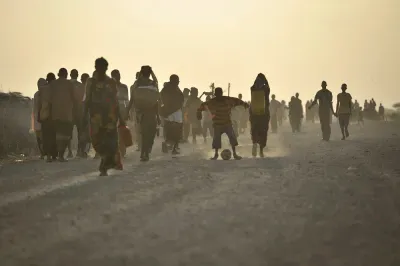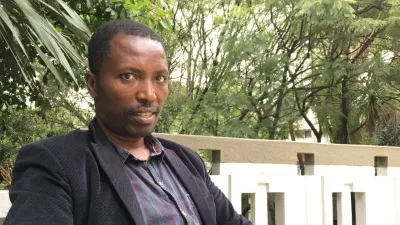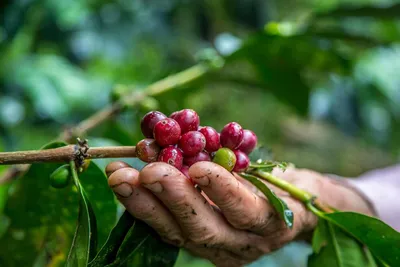Ethiopia’s Necropolitical Turn
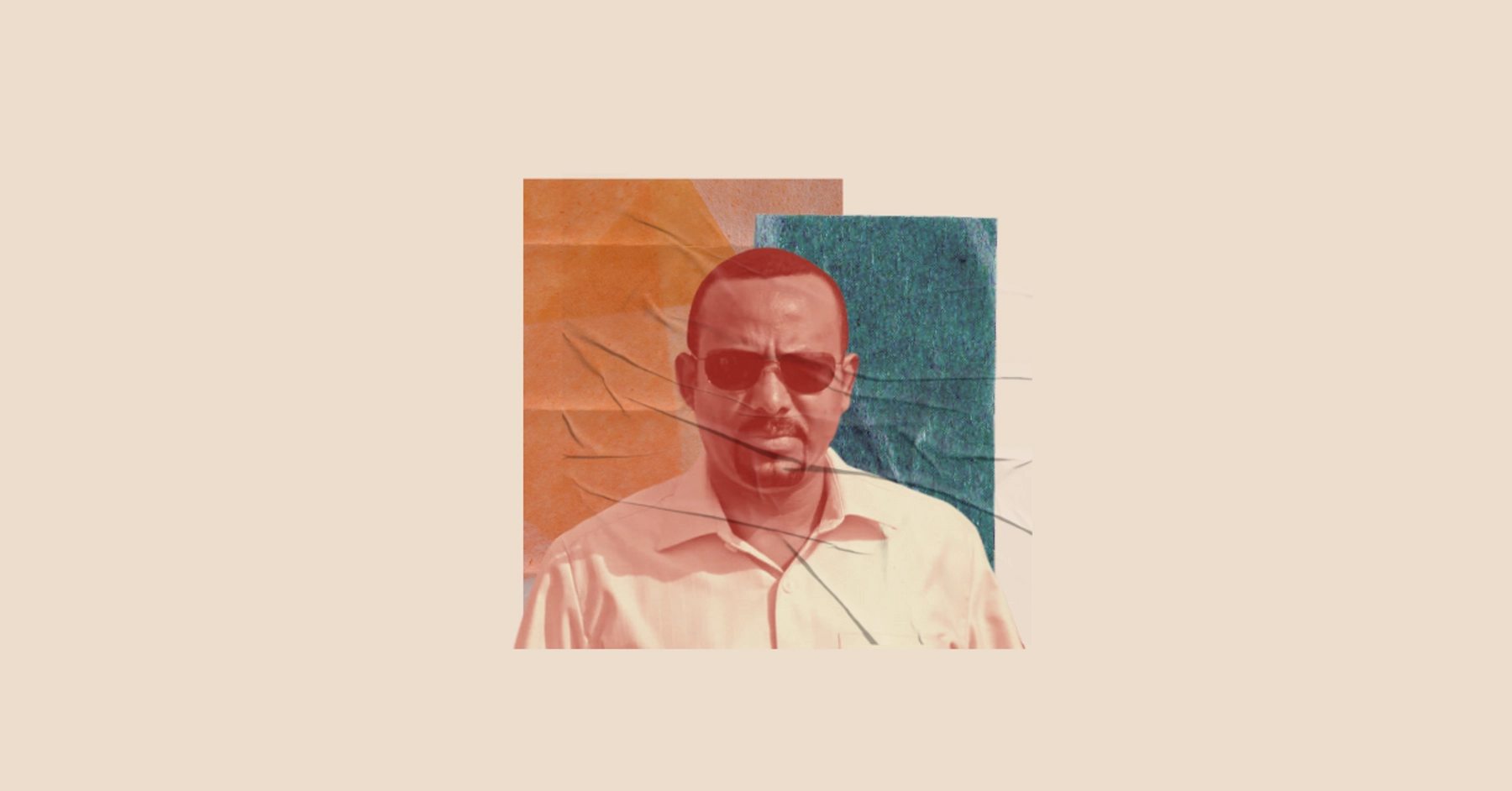
The Prussian military theorist, Carl von Clausewitz, once wrote ‘war is the continuation of politics by other means.’ But in Ethiopia today, that distinction has collapsed—war has become politics itself. Conventional wisdom holds that war is distinct from politics, but under Prime Minister Abiy Ahmed the two have merged: war has become the very language of power. Since 2018, statecraft has mutated into necropower—a regime that consolidates authority not by fostering life, but by orchestrating death. In Achille Mbembe’s terms, sovereignty in Abiy’s Ethiopia resides in the power to decide who may live and who must die. Abiy’s sudden rise did not herald a democratic transition so much as a shift to governing through the spectacle of violence.
From the outset, Abiy blended promises of salvation with acts of repression. In June 2018, at his first mass rally in Finfinnee, he preached love and unity to a euphoric crowd—moments before a grenade blast tore through the gathering, killing two and wounding over 150. Abiy insisted “love always wins,” yet quietly used the incident to justify purges within the military and intelligence services. Officers deemed loyal to the old order were removed, and former exiles whom Abiy had invited home were suddenly under suspicion. This ominous inauguration revealed the dual grammar of Abiy’s rule: lofty rhetoric of peace shadowed by immediate acts of state violence.
Early on, Abiy earned global praise by freeing political prisoners, welcoming exiled opponents, and legalizing banned groups like the Oromo Liberation Front (OLF). But as Frantz Fanon warned, in moments of crisis the line between cure and poison blurs. Each conciliatory gesture carried its own toxin. The returned dissidents and liberated activists were soon recast as villains destabilizing the nation. In Derridean terms, Abiy’s politics became a pharmakon—the very moves that seemed to heal the country later served to poison it. The liberator reinvented himself as the disciplinarian. The June 2018 grenade attack, for example, became a pretext to imprison or sideline Tigrayan and some Oromo figures in the security forces; Abiy’s government accused OLF elements (and their supposed TPLF collaborators) of orchestrating the chaos. In one stroke, two of the regime’s potential checks were labeled existential threats. Thus, under the mantle of national salvation, Abiy began to purge and persecute the very voices that had enabled his rise.
What began in hope swiftly curdled into pathology. War became routine, soaking into everyday life and the very vocabulary of governance. Conflicts in Tigray, Oromia, and Amhara have not been treated as political problems to negotiate, but as occasions to eliminate “enemies.” Opposition figures are not debated; they are jailed or killed. Independent media is not countered; it is shut down. Even memory has become a battleground, as the state denies atrocities and erases victims from official history. In Ethiopia today, “the enemy” is whomever the sovereign says it is.
And that sovereign, since 2018, has been Abiy Ahmed.

This is laid bare in a recent interview with former State Minister of Peace, Taye Danda’a—once charged with articulating the Prosperity regime’s federal vision, now imprisoned for exposing the necropolitical infrastructure that undergirds Abiy’s rule. Cloaked in reformist rhetoric and bolstered by international accolades (including a Nobel Peace Prize), Abiy used the facade of democratic renewal to mask the resurrection of an imperial style of rule—one that governs through fear and the spectacle of death.
The Return of Imperial Fantasies
Abiy Ahmed’s early acclaim as a reformer created a dangerous illusion. Western media dubbed him an African visionary; in October 2019 he was awarded the Nobel Peace Prize for his peacemaking gestures. But there was no true democratic rebirth—only a recalibration of power. To borrow Walter Benjamin’s framing, the tradition of the oppressed reveals that the “state of emergency” is not the exception but the rule. Under Abiy, the promises of openness were real enough to raise hopes, yet they functioned as what theorist Lauren Berlant terms cruel optimism: they sustained aspirations even as the regime laid the groundwork for renewed domination. Behind Abiy’s smiling rhetoric of medemer (“unity or synergy”) lurked a project to recentralize authority in a single, quasi-monarchical center—fulfilling a ‘prophecy’ that he would become “Ethiopia’s seventh king.”
By invoking the legacy of emperors Menelik II and Haile Selassie as inspiration rather than contested legacies, Abiy activated Ethiopia’s imperial unconscious. He cast himself as a modern-day unifier anointed by destiny, resurrecting the old mythos of a unitary Ethiopia “saved” from internal division. In this narrative, alternative futures—genuine multinational federalism had to be vanquished. Democracy existed only in rhetoric. Structurally, Abiy’s rule produced what Mbembe calls a “society of separation”: ethnic communities pitted against each other, hierarchically ordered and violently policed. Every gesture of inclusion by the regime was accompanied by exclusion and elimination of those who challenged the unitary fantasy.

The pattern became starkly evident by mid-2020. That June, prominent Oromo singer Hachalu Hundessa was gunned down in Finfinnee. His assassination ignited an outpouring of grief and protest among Oromo youth. The regime answered not with justice or dialogue, but with live bullets and mass arrests. Security forces shot dead hundreds of unarmed demonstrators, and leading Oromo opposition figures—Jawar Mohammed, Bekele Gerba, and others—were imprisoned on spurious charges. Their true offense was their influence and “ungovernable” dissent. Time after time, when spontaneous crises or unrest erupted—be it an alleged coup attempt in Amhara or popular demonstrations in Oromia—Abiy’s government reacted with the same playbook: blanket arrests, media blackouts, internet shutdowns, and military force against civilians. No atrocity, it seemed, could shake the regime from this course; instead, atrocities became opportunities to tighten the vise.
A pivotal moment came in June 2019, when coordinated assassinations in Amhara Region claimed the lives of the regional president and Ethiopia’s army chief. Rather than seeking a peaceful resolution through dialogue, Abiy framed the events as a nationalist insurrection threatening the nation’s very existence. He then used it as a mandate to accelerate centralization. In the months that followed, he abruptly dissolved the ruling Ethiopian People’s Revolutionary Democratic Front (EPRDF) coalition and replaced it with his new Prosperity Party—pointedly excluding the Tigray People’s Liberation Front (TPLF), the old power-sharing partner. This move, touted as transcending divisive politics, in reality alienated the TPLF and set the stage for civil war. Meanwhile, elections were postponed indefinitely, opposition parties were crippled or outlawed, independent journalists were jailed, and regional autonomy was steadily eroded.
To call this trajectory “anocracy”—a hybrid regime oscillating between autocracy and democracy as a consequence of state fragility—presumes that there was ever a genuine democratic path to deviate from. In truth, Ethiopian politics under Abiy has been defined by a fundamental contradiction: the regime speaks the language of pluralism and democracy even as it acts out a drama of absolutism and paranoia.
What appear as abrupt ruptures—assassinations, coups, wars—have in fact been the regime’s preferred instruments. Abiy did not betray a nascent democracy; rather, he never intended one. Crisis is not a threat to his rule but its very foundation. By continually manufacturing or magnifying threats—casting federalists, critical journalists, and entire ethnic groups as dangers to the nation—his government perpetuates a permanent state of emergency. The designation of “enemy” is fluid, shaped less by ideology than by expedience: today’s ally becomes tomorrow’s existential threat, depending on the imperatives of consolidation. This perpetual “crisis” has become the grammar of governance in Ethiopia.
The Geography of Death
The full reality of Ethiopia’s necropolitical turn emerges in how the state has dealt with different regions and communities since 2018. Enmity has been engineered on a national scale, and each region offers a case study in sovereign violence as a method.
Tigray: Siege Warfare.
The northern region of Tigray bore the first and perhaps most brutal brunt. In November 2020, Abiy launched a military offensive against the Tigrayan regional leadership (the TPLF), euphemistically calling it a “law enforcement operation.” In truth it became a total war on Tigrayan society. The federal army, alongside Eritrean troops and Amhara militias, imposed a siege—cutting off telecommunications, blocking roads and aid, and severing Tigray’s contact with the world. What followed were deliberate atrocities on a vast scale. Towns like Aksum saw hundreds of civilians massacred in the streets; in Mai Kadra, scores of civilians were butchered in ethnically targeted reprisals. The bombing of cities, widespread rape, and the systematic destruction of crops, hospitals, and schools turned Tigray into what Mbembe would recognize as a “death-world”—an inverted order where the ordinary rhythms of life were replaced by the omnipresence of death. By mid-2021, researchers estimated that hundreds of thousands of Tigrayan civilians had perished—many from a deliberate, man-made famine.

Chillingly, in a recent interview, Taye Danda’a—a former insider—explained that Abiy’s government had deliberately provoked the conflict as a pretext to purge ethnic Tigrayans from the national army—an act of ethnopolitical “cleansing” thinly veiled as national defense. The war thus provided cover for an internal ethnocide even as it ravaged Tigray itself. Civilian infrastructure was dismantled with strategic precision: hospitals looted, crops and villages burned, entire districts depopulated. And when confronted with evidence of these crimes, the regime resorted to its reflex of denial and inversion. Victims were branded “terrorists,” atrocities were blamed on the very people being annihilated, and the suffering of Tigrayans was scrubbed from official narratives. Sovereignty, in this paradigm, meant not only the license to kill with impunity, but also the power to dictate the story—erasing the dead or redefining them as deserving of their fate. In Tigray, Abiy’s Ethiopia pushed necropower to its extreme, treating an entire populace as disposable in service of the state’s dominion.
Oromia: Permanent Counterinsurgency
In Oromia, the country’s largest region, state violence has taken a more protracted form—less concentrated in discrete episodes, but no less devastating in its cumulative toll. Instead of one cataclysmic war, Oromia has endured a rolling counterinsurgency—undeclared and largely hidden from the world—that effectively treats the civilian population as the enemy. Extrajudicial killings and “disappearances” have become routine tactics. Villages suspected of harboring rebels are subjected to collective punishment: homes torched, families rounded up, and summary executions carried out as warnings. Thousands of Oromo civilians have been killed or abducted in zones placed under military “command post” rule, where soldiers operate with total impunity.
The crackdown has often targeted vocal Oromo figures—individuals whose prominence, influence, or symbolic resonance posed a challenge to the regime’s narrative control. In late 2019, for example, the government staged an assassination attempt on Jawar Mohammed—an influential Oromo activist and media owner—by suddenly withdrawing his security detail in the dead of night. When Oromo youth mobilized in protest, security forces responded with lethal force—killing dozens—while others were arrested and prosecuted under sweeping anti-terrorism laws. Similarly, after Hachalu Hundessa’s murder in 2020 led to mass Oromo protests, the state again responded with bullets and mass detentions. The assassination of Hachalu—a cultural icon whose music galvanized Oromo political consciousness—shocked the nation. While the regime swiftly attributed the killing to an alleged conspiracy between the TPLF and OLF, many within Oromia believe the act was orchestrated by rogue security elements acting under the implicit or direct command of Prime Minister Abiy Ahmed himself, aimed at provoking unrest and justifying a crackdown. The aftermath supports this reading: within hours, federal troops flooded the streets, over 180 people were killed, thousands arrested, and key Oromo political figures including Jawar Mohammed and Bekele Gerba were detained under terrorism charges. Whether the assassination was externally plotted or internally manufactured, its political utility was immediate and total: the regime collapsed public grief into a pretext for repression, turning mourning into militarization. These operations, like so many others, made no distinction between peaceful dissenters and armed insurgents—treating unarmed protesters, cultural icons, and journalists as existential threats to the state.
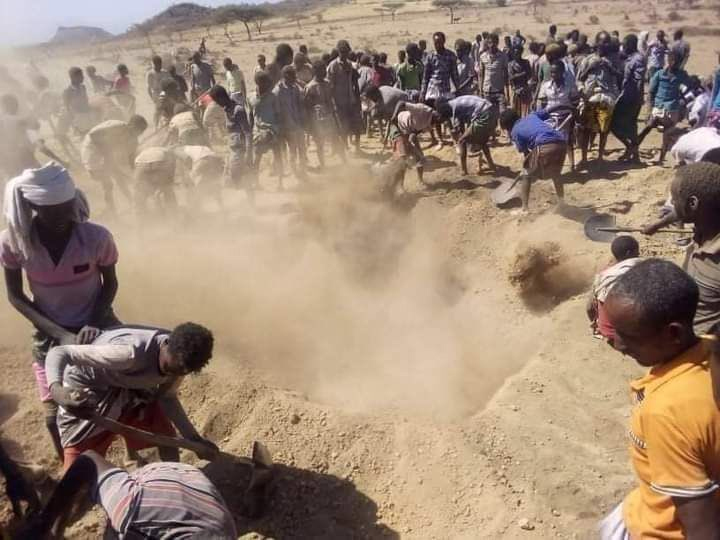
That same logic of indiscriminate targeting was laid bare in December 2021, in the Karayyuu Abba Gadaa massacre. In East Shewa zone, federal security forces accused respected community elders of sympathizing with the Oromo Liberation Army (OLA). In a display of collective punishment, troops entered the village, beat women and children to instill terror, and executed fourteen unarmed Abba Gadaa elders, including the clan leader Kadiro, in front of their community. The massacre was later confirmed by independent human rights investigators, but no accountability followed. Survivors who spoke out were intimidated or disappeared, and one of the few public witnesses—Boru, who had escaped—was himself tracked down and killed shortly thereafter. The Karayyuu massacre was not an isolated excess; it exemplified the regime’s broader strategy of decapitating Oromo civil society by eliminating its moral and cultural authorities.
This pattern persisted into 2024, with the assassination of Bate Urgessa, a prominent OLF figure and legal opposition voice. Abducted by plainclothes federal agents and found hours later dumped by a roadside, riddled with bullets, his killing bore the hallmarks of a state-sanctioned hit. The government denied involvement, but few believed it. Like Hachalu before him, Bate’s murder was a message: dissent—no matter how lawful, how nonviolent—is intolerable under a regime that governs through the normalization of killability.
Abiy’s government has systematically blurred the line between political dissent and violent rebellion in Oromia. By labeling all opposition as “terrorism,” it normalized a militarized response to every grievance. Genuine chances for peace were sabotaged. In 2023, when elder Oromo statesmen and the OLA rebels showed interest in talks, the regime engaged only superficially. Not surprisingly, the negotiations collapsed—many believe by the government’s design. A real peace would have deprived Abiy of the convenient enemy that justifies his heavy-handed rule. Indeed, in the logic of necropower, peace itself becomes threatening because it undermines the sovereign’s narrative of indispensability.
Thus, Oromia remains locked in a low-intensity war, largely unreported but brutal in a lived reality. A clandestine inner circle (informally known as the Koree Nageenyaa) directs much of this campaign outside any legal framework, drawing up secret “suspect” lists and deploying death squads to eliminate targets. The result is clear to people on the ground: being Oromo and politically outspoken—or sometimes just being an Oromo in the wrong place—is enough to mark one for death.
Amhara: New Enemies, Old Tactics.
In the Amhara region—initially one of Abiy’s support bases—the necropolitical arsenal was unleashed a bit later, but with ferocity. Tensions exploded in 2023 after Abiy ordered all regional special forces disbanded and absorbed into the federal army—a move widely seen by Amharas as a power grab aimed at them. Fano militias, who had been allies in the war against Tigray, rebelled against the decree. The federal response was swift and draconian. A state of emergency was declared in Amhara, and the army launched a sweeping campaign of collective punishment rather than precise law enforcement.
Aerial assaults soon followed: armed drones struck Amhara towns and convoys with deadly effect, incinerating civilians in marketplaces and buses. Charred bodies were left uncounted as officials dismissed the victims as “terrorists” or unfortunate casualties of war. Even the federal human rights commission, typically cautious, confirmed over a hundred civilian deaths from these operations within weeks—an alarming toll likely far below the true number. As in Tigray, a communications blackout descended; journalists who tried to report on the violence were jailed, and state media flatly denied or downplayed the carnage.
The strategy was brutally simple: collapse the distinction between Fano militiamen and the broader Amhara public, and thereby justify destroying both. EHRC notes that in drone‑strike–affected areas such as Finote Selam, civilians are treated as if they were Fano fighters. In that chilling conflation—treating an entire ethnic community as combatants—one sees necropower in its purest form: the sovereign’s right to annihilate without differentiation.
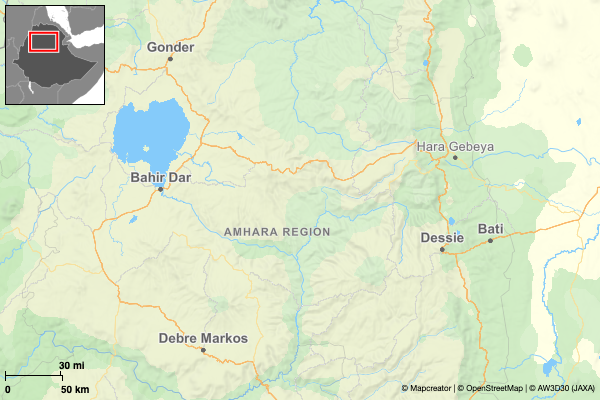
Even after the Tigray war formally ended with a peace deal in late 2022, the logic of enmity did not dissipate—it merely migrated. Oromia and Amhara became its primary theaters. In effect, Ethiopia’s government remained in a self-declared state of war against its own citizens. But its reach extended further: Somalia emerged as a latent frontier, and Eritrea is discursively reframed as a geopolitical obstacle, with the regime invoking the language of sovereign necessity and maritime access. In each case, the logic remained consistent: manufacturing external or internal threats to consolidate centralized authority.
Against Necropower.
If the defining feature of Abiy’s rule is the conversion of politics into a domain of death, the resistance to his regime faces a formidable question: How can one oppose this order without reproducing its logic? In Ethiopia today, resistance takes many forms—especially in Oromia and other marginalized regions—and it too carries a dual potential. It can be both the antidote to necropower and, if it mirrors the regime’s violence, another toxin in the political bloodstream.
The Oromo resistance is emblematic of this dilemma. Oromo people have been at the forefront of opposition to centralized domination —historically through the Oromo Liberation Front (OLF), and more recently through the Qeerroo youth movement, which played a pivotal role in toppling the previous regime, ushering Abiy Ahmed into power. (For many Oromos, it was especially bitter that Abiy—himself Oromo by origin—ultimately turned on their aspirations. He swiftly sidelined or detained prominent Oromo leaders like his one-time mentor Lemma Megersa and activist Jawar Mohammed, deepening a sense of betrayal.) Initially, their struggle was overwhelmingly peaceful, centered on demands for equality, cultural rights, and an end to state violence. However, as Abiy’s government turned the machinery of repression against Oromo protesters and communities, parts of the resistance concluded that armed struggle was the only path left. The Oromo Liberation Army, once a fringe guerrilla band, gained strength as countless youths—denied any peaceful outlet for dissent—took to the forests and picked up guns.
And yet, it would be a grave mistake to reduce Oromo (and other Ethiopian) resistance to its armed dimension alone. Equally powerful has been the non-violent and cultural resistance. Oromo civil society, often operating in exile or underground, has worked to document atrocities, preserve the memory of victims, and keep alive visions of an inclusive future. Influential political formations such as the Oromo Federalist Congress, along with a faction of the Oromo Liberation Front (OLF) that formally distanced itself from the armed wing (OLA) have mobilized through peaceful struggle, advocacy, and legal channels. Oromo musicians, writers, and community elders strive to maintain the values of Gadaa —an indigenous democratic system which prizes consensus and communal care—while cultural expressions of peace and forgiveness represent inherently non‑violent, restorative pathways challenging the regime’s oppressive narratives. This side of the resistance is principled and creative, seeking to undermine the regime’s narrative morally and intellectually rather than militarily.
The state’s strategy, however, is to collapse these distinctions. By branding all dissenters as “Shane,” Abiy has tried to erase the line between an unarmed Oromo elder telling the truth about history and an OLA rebel commander in the bush—treating both as equally treasonous. This rhetorical sleight allows the regime to strike at the entire society: assassinating a peaceful activist here, bombing a suspected rebel hideout there, all under the same banner of “law and order.” In doing so, the state reveals its dependence on conflict: it needs insurgency to justify its own excesses. As Mbembe might observe, necropower requires enemies the way a fire requires oxygen—it thrives on the very threats it claims to combat.
For the resistance, then, the challenge is existential and paradoxical. Can a movement maintain the clarity of its emancipatory goals under relentless assault, or will it absorb the cruel logic of its oppressor? Fanon’s central insight resonates: the risk is that yesterday’s oppressed, in fighting back, internalize the patterns of violence that defined their oppression. We already see hints of this danger. The longer opposition groups are forced to operate as guerrillas, the more the regime can entrench itself by insisting there is no alternative to its rule except chaos. Yet to demand pure nonviolence from people being systematically terrorized is also to mistake submission for peace. The Oromo and other Ethiopian resistance movements today function as both mirror and antidote: a mirror exposing the state’s hypocrisies and fears, and a potential antidote to necropolitics if they can chart a path that breaks the cycle of violence rather than perpetuating it. This double reflection—the resistance shining a light on the regime’s crimes while also interrogating its own methods—is the essence of resistance as pharmakon (poison and cure) in Ethiopia’s context.
Who Is Allowed to Live?
Ethiopia under Abiy Ahmed stands as a paradigmatic case of a state’s descent into necropolitical governance. A state once poised for democratic renewal has instead reconsolidated into an architecture of terror—where the central question is no longer, “What rights do citizens have?” but rather, “Who counts as a citizen, and who counts not at all?” Or, to reframe it: “Who is allowed to live?” In Ethiopia today, the answer is disturbingly contingent on shifting political calculations of loyalty and threat. Entire communities have been effectively stripped of the protections of citizenship and placed outside the boundaries of state mercy. Whether one survives or perishes can hinge on total submission to a commander-in-chief who administers death—at checkpoints of homegrown austerity and through drone strikes.
Amid this bleak landscape of state violence and cyclical resistance, a pressing question emerges: What comes after a sovereign that knows only how to kill? When political order itself has turned necrotic, is there an antidote beyond removing a single ruler—something capable of transforming politics at its core? The answer may lie in reimagining what “political community” means in Ethiopia, beyond both authoritarian unity and fractious ethno-nationalism.
Achille Mbembe offers one evocative vision of politics beyond sovereignty in his figure of the “passerby”—a relational subject who engages others without seeking to dominate them. Such an ethic of transience and mutual care is utterly radical in a country long governed by strongmen and unifying savior-figures. Embracing the passerby’s ethos would mean rejecting the old zero-sum paradigms of ethnic absolutism and imperial nostalgia, and instead privileging coexistence, pluralism, and shared vulnerability. Such a vision also transcends entrenched nationalism and even narrow human self-interest, recognizing that Ethiopia’s many crises (from ecological collapse to mass displacement) cannot be solved by any group dominating another, nor within the confines of rigid borders and identities.
Ultimately, Ethiopia does not need another strongman or a new “unity” campaign – it needs to break out of the logic of rule-by-fear entirely. Practical measures like true peace negotiations, accountability for atrocities, and an inclusive constitutional dialogue are necessary—yet even these will falter unless the political imagination itself is transformed.
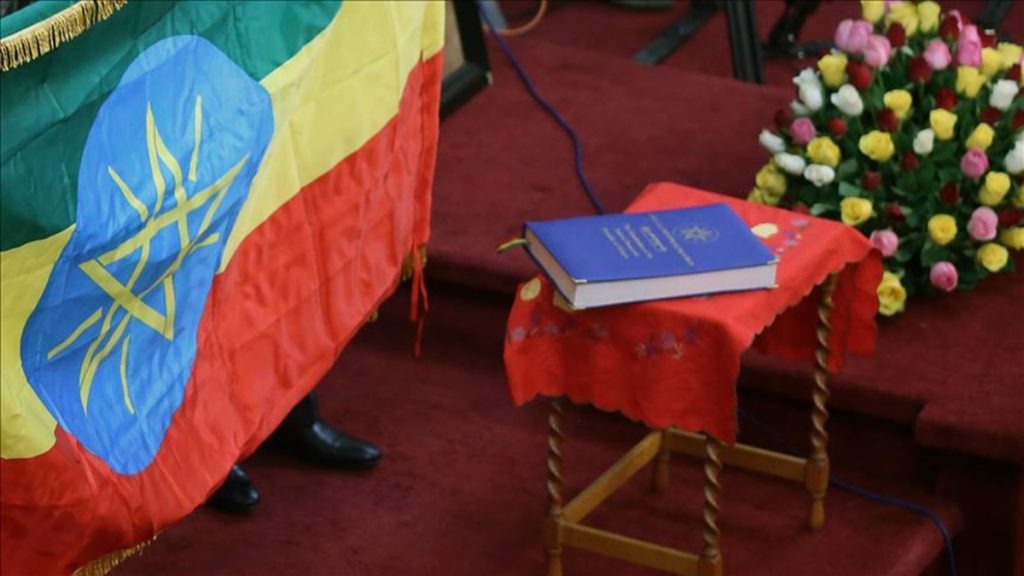
Ethiopia enters a decisive juncture. One path extends the necropolitical order—perpetual war, fear, and authoritarian rule that could finally tear the nation apart. The other path, narrow and difficult, is a turn toward a genuinely new politics grounded in life, dialogue, and pluralism, rather than death and domination.
As Mbembe observes, even in death’s shadow, life stubbornly insists on itself. Ordinary Ethiopians still find ways to reach across divides and help one another, defying the logic of enmity. In those fragile acts of solidarity lie the seeds of a new politics—one that rejects a necropolitical order sustained by exclusion and violence, in favor of a community rooted in coexistence and care. The hope for Ethiopia lies in nurturing those small, life-affirming gestures into a new political culture—one in which no group has to die for the country to live.
We need your support
We trust you found something of value in this article. If so, we kindly ask you to consider helping Curate Oromia continue its work.
If you believe in the importance of independent voices and honest reporting, we invite you to support our efforts through our GoFundMe campaign.
Every contribution, however small, goes directly to our writers and the expansion of our reach.
Thank you for your support.

